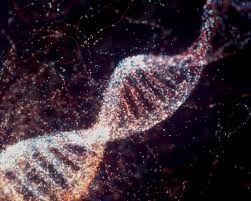Living systems have evolved over the course of millions of years, which is why they work so efficiently in promoting life: they uptake and use of nutrients, adapt to their environment, reproduce, etc. Across living species, the basics are prevalent: the instructions for life are encoded in the form of genes, more formally known as nucleic acids. In humans, the DNA, perhaps one of the most famous molecules of our time, is responsible for encoding and determining our traits. Similarly, proteins and enzymes – the end product of what genes code for – are the perpetrators in charge of carrying out functions in the cells to keep life going, in an ever-dynamic system.
Nevertheless, no system is perfect. Every once in a while, a system fails – and such failures can be narrowed down to specific proteins, or sets of proteins, that cannot see their task through. This gives rise to diseases, such as diabetes, Alzheimer’s, Parkinson, cancer, etc. Therefore, we need a controllable, reliable, and biocompatible system to either serve as backup and carry out the missing processes, or to fix the faulty machinery in the cell. How can we devise such therapeutic platforms? One way is abstracting DNA from its biological intent…
DNA, in fact, has been heavily studied in the last decades, and we now have a deep understanding of its physical and chemical properties, to an extent where we can rationally design it to adopt specific conformations, interactions, and even functionalities. My research aims to exploit these in order to engineer DNA-based architectures that can emulate proteins and their functions. If successful, these can be implemented in synthetic bio-inspired systems – artificial cells – which are not only useful to understand life itself, but also have great applicability in a range of industries such as biomedicine, synthetic biology, industrial biotechnology, etc. In particular, they could be used as biomimetic platforms with therapeutic potential, thereby bringing us one step closer to smart biomedicine.
NanoDTC Student, c2017

